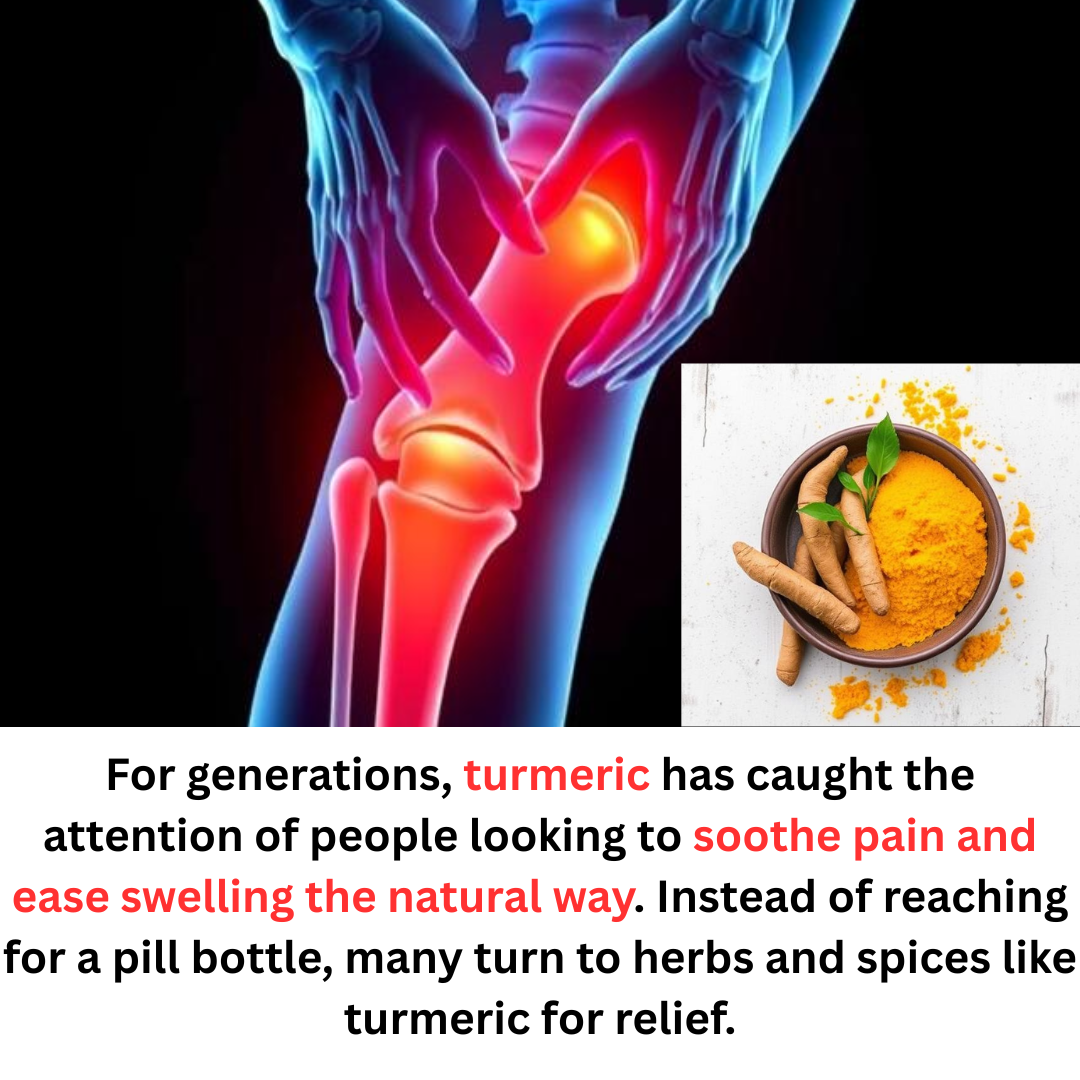Golden yellow powder in the kitchen or powerful natural remedy? For generations, turmeric has caught the attention of people looking to soothe pain and ease swelling the natural way. Instead of reaching for a pill bottle, many turn to herbs and spices like turmeric for relief. The growing interest in herbal options shows that more folks want natural answers for daily aches and stubborn pain.
How Turmeric Works in the Body
Turmeric’s main power comes from curcumin, its bright yellow compound. Curcumin calms the body’s response to stress and irritation. When joints or muscles feel hot, stiff, or swollen, curcumin helps dial down that reaction.
It works a bit like turning off an alarm bell. Inflammation is the bell, and curcumin tells the body to lower the volume. This effect can lead to less swelling and help keep pain at bay.
What the Science Says About Turmeric for Pain Relief
Researchers have tested turmeric and curcumin for years. Many studies point to clear benefits for people living with pain or ongoing inflammation.
Studies on Joint Pain and Arthritis
Several clinical trials found that turmeric helped reduce pain and stiffness in people with arthritis. Some even saw results as good as standard pain medicines—without harsh side effects.
In these studies, participants who took turmeric supplements said they felt better on most days. Their knees ached less, and they moved with more comfort.
Research on Muscle Soreness and Everyday Aches
Turmeric isn’t just for joint pain. Athletes and active people sometimes use it to recover after intense exercise. Research shows turmeric can lower muscle soreness after workouts.
Even for regular folks, a daily dose may ease backaches and tension headaches. The body’s pain pathways seem to react well to curcumin’s calming edge.
Best Ways to Use Turmeric for Pain and Inflammation
Adding turmeric to your routine is simple and tasty. Here are some common ways to use it:
- Supplements: capsules or tablets are the most reliable way to get a steady dose.
- Cooking: add a pinch to soups, stir-fries, or rice.
- Golden milk: a warm drink made from milk or plant milk, turmeric, and spices.
Tip: Always pair turmeric with black pepper. Pepper helps your body absorb curcumin much better, so you get more of turmeric’s benefits.
Safety and Side Effects of Taking Turmeric
Most people handle turmeric well in food or small supplement doses. Still, large amounts can upset the stomach, cause nausea, or create loose stools.
Avoid turmeric supplements if you:
- Take blood thinners
- Have gallbladder issues
- Are pregnant or nursing without talking to a doctor
Check with your doctor before adding high doses or supplements, especially if you take other medicine.
Wrapping Up: Should You Try Turmeric for Pain?
Turmeric’s bright color hides a gentle, natural force against aches and swelling. Studies support its use for many types of pain, from stiff joints to sore muscles. Adding it to your meals or choosing a trusted supplement may bring relief.
No single remedy works for everyone. Listen to your body, watch how you respond, and talk to your doctor if you have questions. Natural options like turmeric are best used with care and a bit of common sense.
